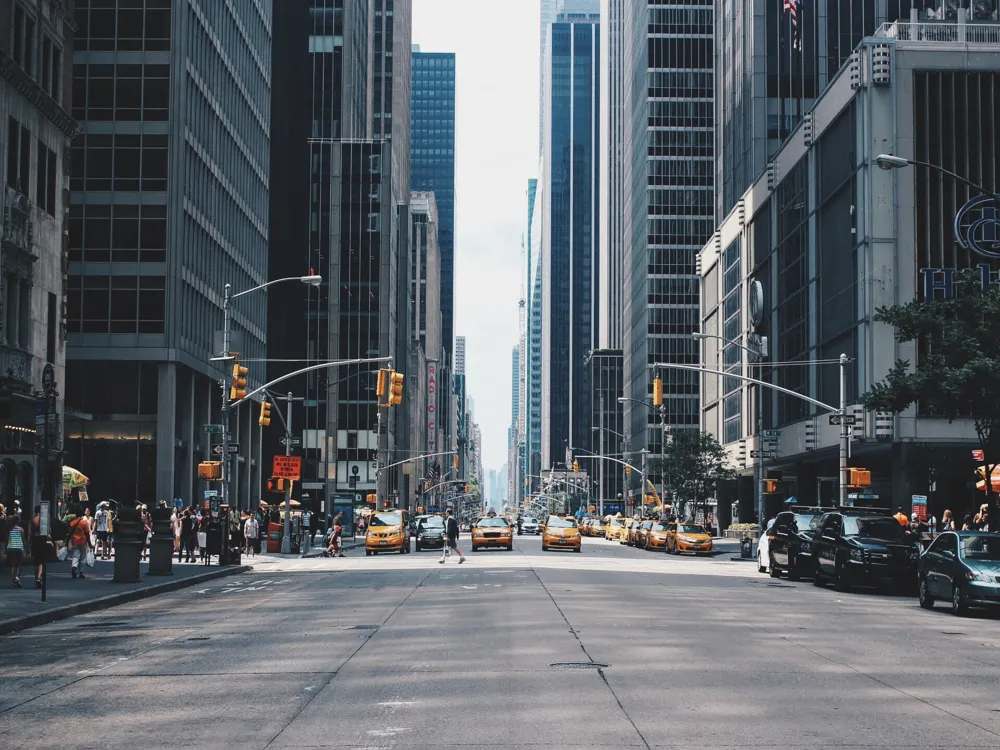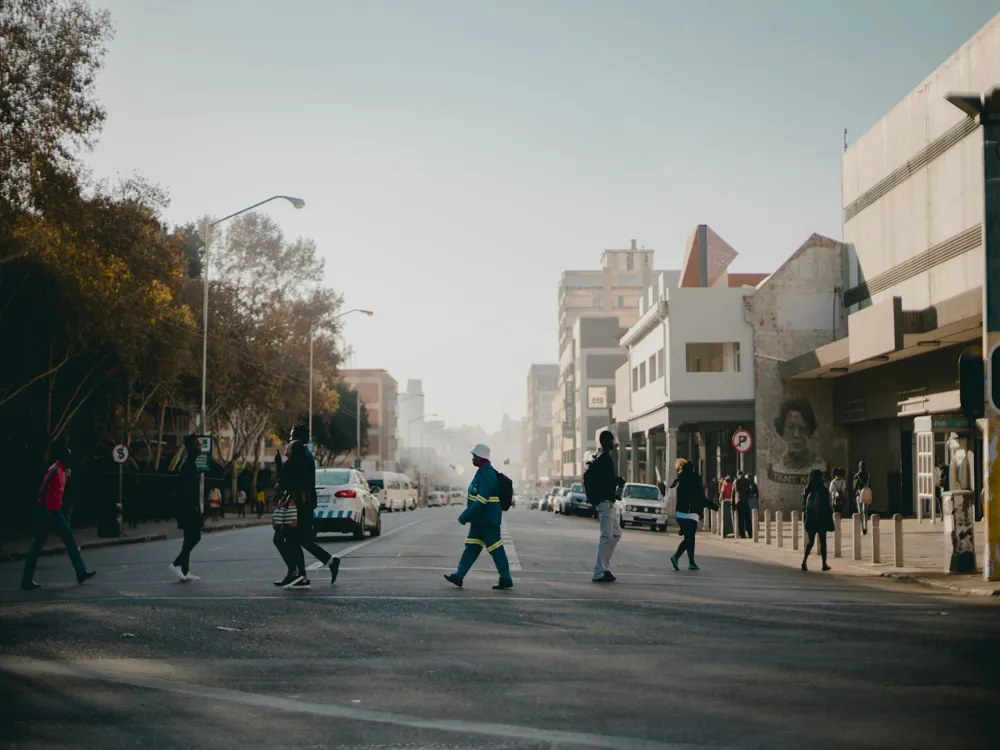Constitution Hill, located in the heart of Johannesburg, is not only a site of historical significance but also a beacon of South Africa’s journey towards democracy. This former prison complex, which bore witness to the brutal treatment of ordinary citizens, activists, and world-renowned leaders like Nelson Mandela and Mahatma Gandhi, has been transformed into a major heritage site. It's a place where the echoes of South Africa's painful past meet the promise of a future built on justice and human rights. The site's history stretches back to 1892, when it was initially used as a prison. Over the years, it evolved into a complex that segregated prisoners based on race and gender, reflecting the apartheid era's societal divisions. This location, once a place of suffering and injustice, now houses the Constitutional Court of South Africa, symbolizing the country's transformative journey. The architecture of the Court, incorporating elements of the prison's history, stands as a poignant reminder of the past and a beacon of hope for the future. Today, Constitution Hill is more than just a former prison; it's a living museum that offers insights into South Africa's turbulent past and its ongoing commitment to human rights. The site includes the Old Fort, the Women's Jail, and Number Four Jail, each with its own harrowing stories and exhibits. Visitors can explore interactive exhibitions, attend commemorative events, and even sit in on Constitutional Court proceedings, making it a dynamic and educational destination. The importance of Constitution Hill in South African history cannot be overstated. It is a symbol of how far the nation has come and a reminder of the work still needed to achieve full equality and justice. For locals and tourists alike, a visit to Constitution Hill is not just a journey through a museum but an emotional, transformative experience that leaves a lasting impression about the power of resilience and the human spirit. The architecture of Constitution Hill is a profound narrative of South Africa’s history, culture, and its aspirations for the future. Blending historical structures with contemporary design, the site offers a unique architectural experience that symbolizes South Africa's political transformation. The Constitutional Court, at the heart of Constitution Hill, exemplifies this blend. Designed by an international team of architects, it was constructed using bricks from the demolished awaiting-trial wing of the Old Fort prison, a symbolic gesture that represents the country's rebuilding from the ruins of apartheid. The Courtroom itself is a marvel of symbolism and functionality. The judges sit at the same level as those in the courtroom, a deliberate design choice that reflects the principles of transparency and equality before the law. The use of natural light and open space within the courtroom creates an atmosphere of openness and accessibility, resonating with the values of the new South Africa. The famous 'Justice Under a Tree' artwork outside the court further emphasizes these values, depicting the traditional African way of resolving disputes under a tree, symbolizing community, shade, and shelter. The Old Fort, Women's Jail, and Number Four sections each have their distinct architectural styles, reflecting their different historical periods and functions. The Old Fort, for instance, retains its Victorian-style military fortification, providing a stark contrast to the modern elements of the Constitutional Court. The Women's Jail, a haunting reminder of the past, has been meticulously preserved to convey the stories of the women who were once imprisoned there. The architecture of Constitution Hill is more than just an aesthetic accomplishment; it is an integral part of the site's educational and commemorative functions. The layout encourages visitors to move through different historical periods, understanding the evolution of South African society and its legal system. Each building, corridor, and courtyard tells its own story, making Constitution Hill a living archive of South African history. Before visiting Constitution Hill, it's advisable to check the official website for opening hours, ticket prices, and any special events or closures. Guided tours are highly recommended to fully appreciate the historical context and significance of each site. Wear comfortable shoes, as there is a lot of walking involved, and be prepared for an emotional journey through South Africa's past. Constitution Hill is a place of profound historical and emotional significance. Visitors should approach the site with respect and sensitivity, keeping in mind that it is not just a tourist attraction but a memorial to those who suffered under apartheid. Photography is allowed, but it should be done thoughtfully, especially in areas that are particularly sensitive. Take your time to engage with the exhibits and read the information provided. Many of the displays are interactive and designed to provide a deeper understanding of the history and significance of Constitution Hill. Audio guides and informational booklets are available in several languages to enhance your visit. If you have the opportunity, visit the Constitutional Court. It's not only an architectural masterpiece but also a working court. Visitors can attend public sessions, but it's important to check the court schedule in advance and adhere to any rules regarding decorum in the courtroom. Constitution Hill is located in Johannesburg's Braamfontein area, known for its vibrant culture and history. Consider exploring nearby attractions such as the Johannesburg Art Gallery or taking a walk through the bustling streets of Braamfontein to experience the local culture and cuisine. Constitution Hill is easily accessible by various modes of transportation. For those driving, there is ample parking available at the site. Public transport options include taxis and buses, with several bus stops located nearby. The Gautrain, a modern rapid transit railway system, is also a convenient option, with the Park Station being the nearest stop. From Park Station, Constitution Hill is just a short taxi or bus ride away. For international visitors, O.R. Tambo International Airport is the closest airport, and from there, one can take a taxi, bus, or Gautrain to reach Constitution Hill. Read More:Overview of Constitution Hill, Johannesburg
Architecture of Constitution Hill
Tips When Visiting Constitution Hill
Planning Your Visit
Respecting the Site
Engaging with Exhibits
Visiting the Constitutional Court
Exploring Surrounding Areas
How To Reach Constitution Hill
Constitution Hill
Johannesburg
₹ 49,000 onwards
View johannesburg Packages
Weather :
Tags : Nature
Timings : Monday - Saturday: 9:00 AM - 5:00 PM Closed on Sunday
Entry Fee : ZAR 30
Planning a Trip? Ask Your Question
Johannesburg Travel Packages
View All Packages For Johannesburg
Top Hotel Collections for Johannesburg

Private Pool

Luxury Hotels

5-Star Hotels

Pet Friendly
Top Hotels Near Johannesburg
Other Top Ranking Places In Johannesburg
View All Places To Visit In johannesburg
View johannesburg Packages
Weather :
Tags : Nature
Timings : Monday - Saturday: 9:00 AM - 5:00 PM Closed on Sunday
Entry Fee : ZAR 30
Planning a Trip? Ask Your Question
Johannesburg Travel Packages
View All Packages For Johannesburg
Top Hotel Collections for Johannesburg

Private Pool

Luxury Hotels

5-Star Hotels

Pet Friendly






















